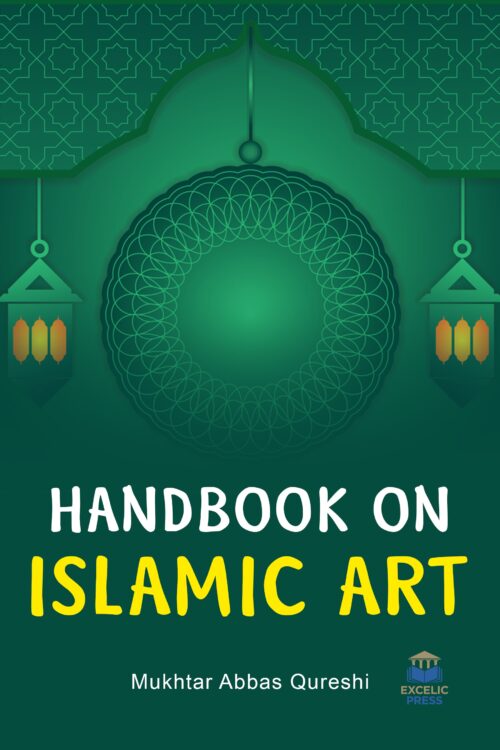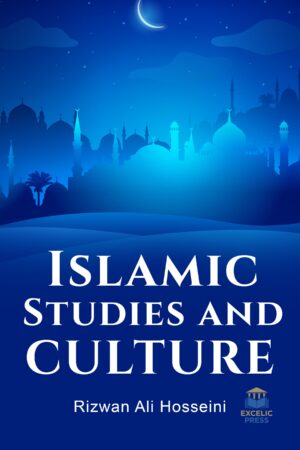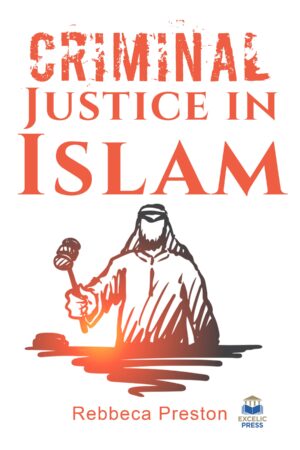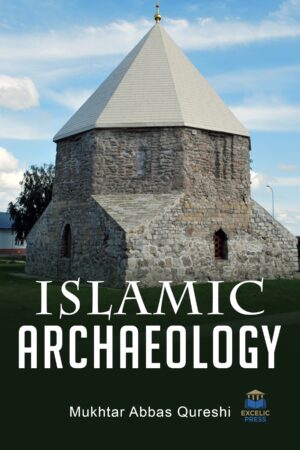Description
Muslim art can also have a special significance for the Muslim world of today. The enormous field of Islamic architecture is the subject of, leaving fields as varied as calligraphy, painting, glass, pottery, and textile arts such as carpets and embroidery. Since this is its one cultural achievement widely accepted and admired by the West, a rededication to it can compensate the East to a certain degree for its scientific and technological retardation, something which neither the oil fields nor strategic location can achieve. Be that as it may, there has been and still is no better ambassador of good will than art. If these considerations are more widely understood, Muslim art and its study will have an important role to play in the future. An important trait of Islamic art which may influence its understanding and relate it closely to concerns highlighted by Daftari, is the context within which the contemporary artist works. These contexts have included the artists’ place of birth, nationality, and ethnicity and of course their religion. The nature of the Muslim community has experienced much change since the end of the Islamic Empire. Are we able to find different style of ornament that refers to Islamic Art? Islamic ideology in its original meaning is a faculty of timeless realities. Islamic art derives its beauty from wisdom.
“Handbook on Islamic Art” surveys the art and architecture of the Islamic world from the 7th through the 20th centuries. By looking at major themes and regional variations of Islamic art and architecture, the course examines how meanings in various socio-political and historical contexts have been encoded through forms, functions, as well as the aesthetic features of arts, crafts, and the built environment. The aim of this work is to contextualize the concept and analyze the Islamic traditional ornamentation, focusing on the principles of Islamic ideology, which was behind the formation of a distinct identity and uniform architecture in Islamic cities and across time. This book allows readers to identify the elements and themes of Islamic art forms, and to examine them in works of painting and metalwork, in calligraphy and manuscripts, ceramics, glass, wood, and ivory.





